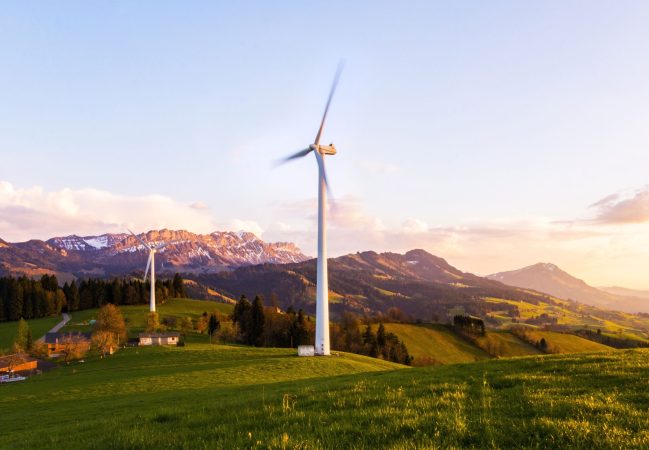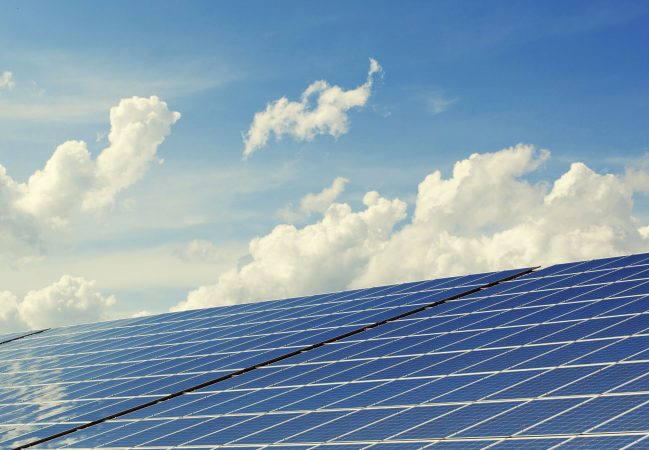Download Brochures
Contact Us
Phone Number
(+62) 811–1203–322
Email Address
admin@qse.co.id
Office Address
JL. Sunda No. 25, Kel. Kebon pisang, Kec. Sumur Bandung, Kota Bandung, 40112


Grid Impact Study
In line with global emissions targets, energy markets are moving ever more quickly to take up renewables. Such a move is obviously important to ensure carbon reduction targets can be met.
This does however create an issue—one that’s not been given the attention it deserves—of the impact this has on the conventional power plants that are “balancing” the uptake of new energy sources by providing energy when the sun doesn’t shine or the wind isn’t blowing. This requires these power plants to undergo cyclic operation to compensate for this; these moments lead to new challenges for the engineering systems and materials involved. Put simply, conventional power plants provide consistency as an energy source; renewables like wind and solar are intermittent. That’s not only a problem in terms of the absence of large-scale energy storage technologies to act as a buffer and deliver constant supplies, but even more essentially, the cycling of conventional power plants presents a whole set of challenges around what this does to the condition and performance of the infrastructure.












